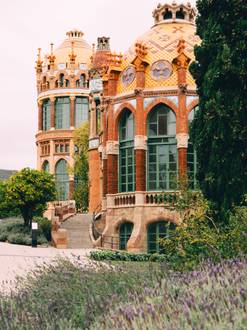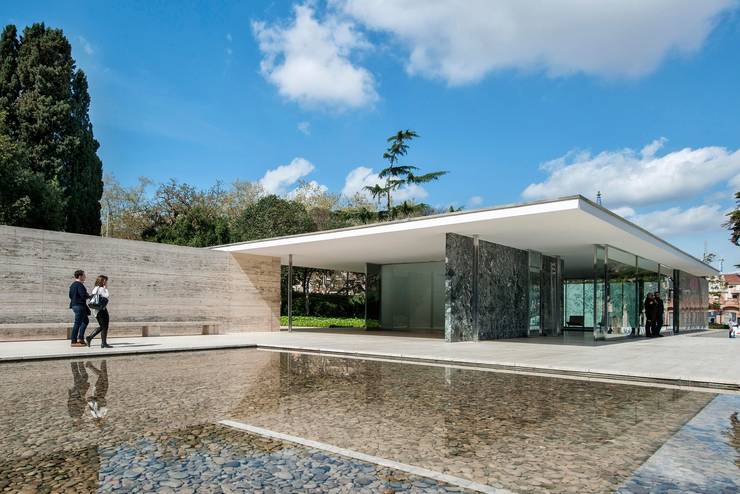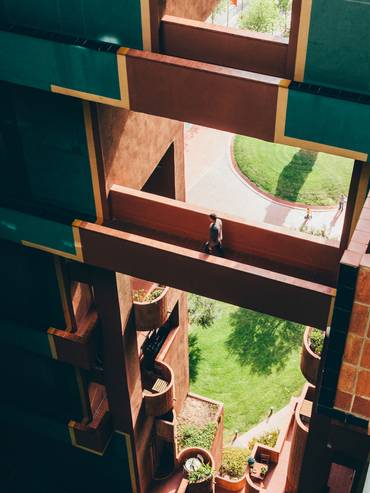Barcelona travel guide
Architecture
Few cities in the world are as architecturally rich as Barcelona. The beguiling fairy-tale structures of Antoni Gaudí and his modernist contemporaries defined the city’s visual identity and have inspired more than a century of imaginative, and at times surreal, architecture. From the austere and modernist to the futuristic and contemporary, we love it all.


Recinte Modernista de Sant Pau, Guinardó
This 27-pavilion complex suffers from sitting behind La Sagrada Família, which inevitably steals some of its thunder. But this work of modernisme is not to be missed. The former hospital was designed by Lluís Domènech i Montaner, who died seven years before it was finished in 1930. He believed in the healing power of beauty so he decked the grounds with stained glass, ornate façades, allegorical statues and all the other proper touches of modernisme. Indeed, if Gaudí’s works celebrate the style, this is its carnival. It was awarded Unesco World Heritage status in 1997.
167 Carrer de Sant Antoni Maria Claret, 08025+34 93 553 7801
santpaubarcelona.org

Barcelona Pavilion, Montjuïc
Also known as the German Pavilion, this gem was designed by Mies van der Rohe for the 1929 Barcelona International Exposition. Through green marble, travertine, onyx, steel and glass he manifests the rebirth, modernity and honesty that Germany sought to express after the First World War. Although the furniture (including the white-leather Barcelona chair) is original, the structure is a reconstruction. It was dismantled after the exposition but rebuilt in the 1980s by Catalan architects.
7 Avinguda de Francesc Ferrer i Guàrdia, 08038+34 93 215 1011
miesbcn.com


Walden 7, Sant Just Desvern
To conceive this utopian social-housing project, architect Ricardo Bofill decamped to the Algerian desert in the 1970s with a handful of poets, philosophers and sociologists in search of an architectural vision. The result is Walden 7, whose name comes from the 1948 sci-fi novel Walden Two.
Inside the terracotta-hued complex are 446 apartments, as well as gardens, fountains and two rooftop swimming pools (complete with a nudist section). The structure is also modular: the ceramic-tiled walls can be manipulated to add an extra window or join two apartments together for more space. It’s a grand utopian experiment that, since 1975, has drawn as many intellectuals enamoured by Walden 7’s idealist design as working-class families wanting better living standards.
106 Carretera Reial, 08960walden7.com
Images: Shutterstock, Silvia Conde, Salva López

